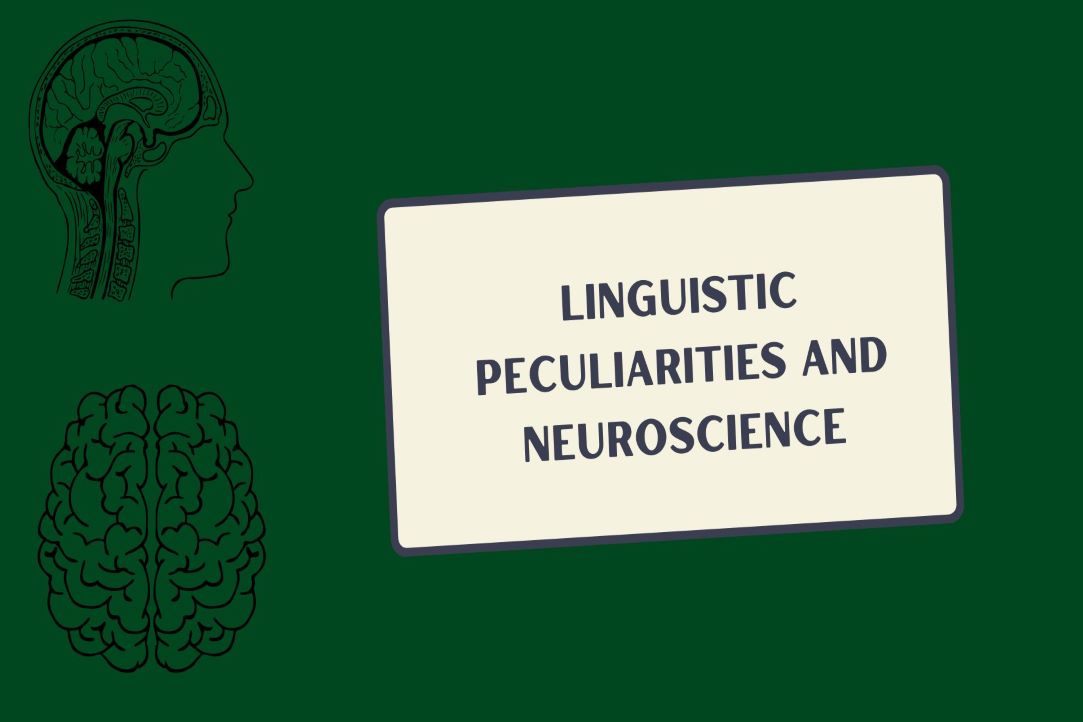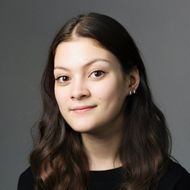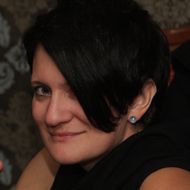Linguistic peculiarities and neuroscience
Neurolinguistics often deals with peculiarities and things that should not have happened but, for some reason, did.

One of the classical cases of something that should not have happened but did is the story of Phineas Gage. He lived in the 19th century and was a construction foreman.
He is known among neuroscientists because of his improbable survival when, due to an accident, an iron rod went from his skull and destroyed a big part of his brain’s left frontal lobe [1]. He had many changes in his behaviour and personality and was studied by researchers for many years as an outstanding case. But what was outstanding in terms of linguistics is that he had no signs of aphasia (no language deficits). Left frontal lobe (that was severely damaged) is exactly the part of the brain that is crucial for language. But the case of Phineas Gage demonstrated that language depends on the activity in different brain regions rather than one single area in frontal or temporal lobes.
The location of linguistic abilities in the brain is much more complicated than in just Broca’s and Wernicke’s areas. In a paper by MIT researchers, a very interesting case was described. A woman was born without her left temporal lobe that is considered to be crucial for language processing. However, she has never had any problems with language and discovered that she does not have a part of a lobe when she wanted to start treating her mental illness. Researchers used fMRI methods and found out that a fully functional language network exists in her right hemisphere and that her linguistic abilities are intact. There was also no response to language in the intact left frontal lobe suggesting that the existence of language areas in the left temporal lobe is a prerequisite for the development of language areas in the left frontal lobe.
This discovery aligns with the fact that often, after a stroke or any other kind of damage to the left hemisphere of the brain, processes that were going on there can start happening in the right hemisphere. That gets to show how brain plasticity works.
Another linguistic phenomenon is cryptophasia. It is a situation when twins create their own language. It occurs in childhood in a fairly large percentage of twins (about 40%), but gradually this private language (which often includes not only speech, but also facial expressions and gestures) gets replaced by a typical language spoken in the family. However, in some cases, children continue to use their own language even in adult life. The famous case is of Poto and Cabengo, or the Kennedy sisters [1]. In childhood, they received little attention from their relatives, so, the language they created prevailed in their communication until about the age of 8.
Sisters June and Jennifer Gibbons also had their own language and communicated almost exclusively with each other (which is why they were nicknamed “The Silent Twins”) [2]. There were many tragic events in their lives: they committed several crimes, ended up in a psychiatric hospital, and one of the sisters died at the age of 29.
The main consequence of cryptophasia can be a lag in speech development in preschool and school age. The reasons for this phenomenon are not entirely clear. The researchers discovered that the words in the language of the twins are usually the distorted real words heard by them from other people. However, the brains of people with cryptophasia were not researched. Maybe important discoveries would have been made if neurobiologists and neurolinguists had researched this linguistic peculiarity.
To sum it up, neurolinguists often research linguistic abnormalities and issues, and this research helps to understand more about the neurobiology of language.
References
- Thiebaut de Schotten, M., Dell'Acqua, F., Ratiu, P., Leslie, A., Howells, H., Cabanis, E., Iba-Zizen, M. T., Plaisant, O., Simmons, A., Dronkers, N. F., Corkin, S., & Catani, M. (2015). From Phineas Gage and Monsieur Leborgne to H.M.: Revisiting Disconnection Syndromes. Cerebral cortex (New York, N.Y. : 1991), 25(12), 4812–4827. https://doi.org/10.1093/cercor/bhv173
- Tuckute, G., Paunov, A., Kean, H., Small, H., Mineroff, Z., Blank, I., Fedorenko, E. (2022). Frontal language areas do not emerge in the absence of temporal language areas: A case study of an individual born without a left temporal lobe. Neuropsychologia, 169, 108184, ISSN 0028-3932, https://doi.org/10.1016/j.neuropsychologia.2022.108184.
Other Topics


